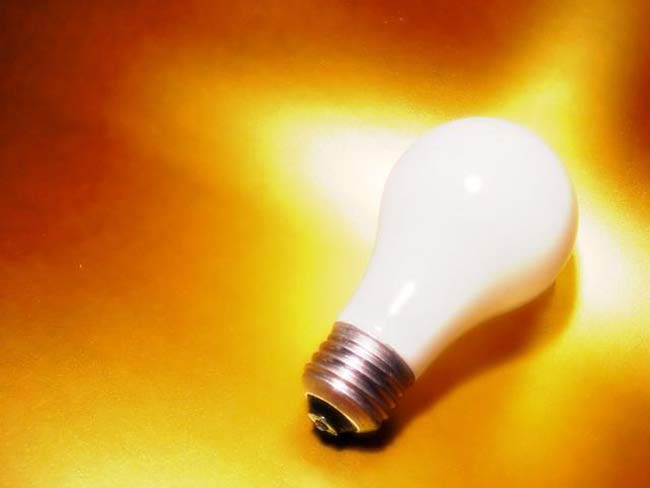Coalition Calls for End of Incandescent Light Bulb

The incandescent light bulb should go the way of outdated inventions like the coal-burning locomotive, says an energy coalition that advocates a widespread change to more energy efficient lights, compact fluorescent bulbs and light-emitting diodes.
The newly formed Lighting Efficiency Coalition, which includes companies such as Philips Lighting, environmental groups such as the Earth Day Network, and elected officials, is pushing for a "sweeping transformation of the U.S. marketplace towards energy efficient lighting products by the year 2016," said coalition member Sen. Mark Pryor of Arkansas.
Incandescent bulbs currently consume 42 percent of the electricity generated in the United States, but only provide 12 percent of the country's artificial light, said Bryan Dundan, a Philips Lighting vice president. (Most of the electricity consumed by the bulb is emitted as heat.)
"This huge and expensive waste of energy should come to an end," Dundan said.
Instead of incandescent lights, coalition members advocate implementing technologies already available today, such as compact fluorescent lights, halogen lights, and light emitting diodes (LEDs), which require less electricity to produce the same amount of light as an incandescent bulb.
Using more energy-efficient bulbs will lower consumers' energy bills, reduce air pollution that is contributing to global warming and extend the nation's energy supplies, the coalition said.
According to Illinois Rep. Don Manzullo, the public can save $18 billion a year in energy costs if the switch to more energy efficient lighting is made.
Get the world’s most fascinating discoveries delivered straight to your inbox.
The lighting overhaul would also eliminate the need to build more polluting coal-burning plants--the reduction in energy demand would be equivalent to the annual production of up to 80 coal-burning plants, Dundan said.
Last month, the Australian government announced a plan to gradually phase out incandescent lights.
- Power of the Future: 10 Ways to Run the 21st Century
- Accidental Invention Points to End of Light Bulbs
- Australia to Ban Old-Style Light Bulbs
- All About Electricity

Andrea Thompson is an associate editor at Scientific American, where she covers sustainability, energy and the environment. Prior to that, she was a senior writer covering climate science at Climate Central and a reporter and editor at Live Science, where she primarily covered Earth science and the environment. She holds a graduate degree in science health and environmental reporting from New York University, as well as a bachelor of science and and masters of science in atmospheric chemistry from the Georgia Institute of Technology.


